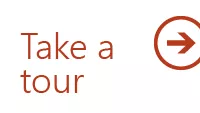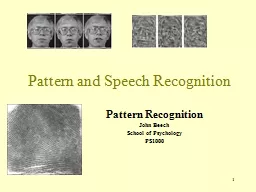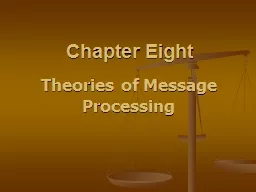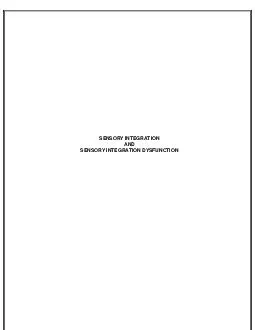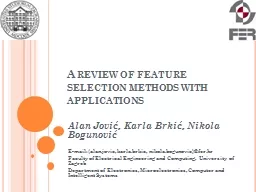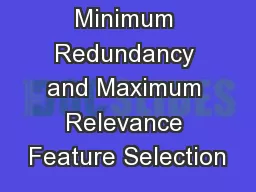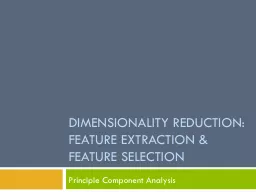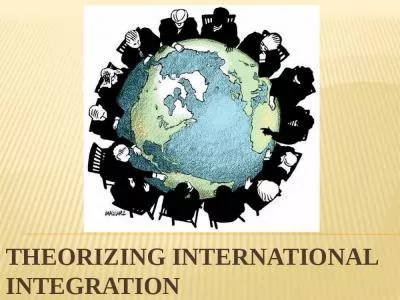PPT-Feature Integration Theory
Author : giovanna-bartolotta | Published Date : 2017-08-05
Project guide Amitabha Mukerjee Course SE367 Presented by Harmanjit Singh Feature Integration Theory Treisman Sykes amp Gelade 1977 F eatures are registered
Presentation Embed Code
Download Presentation
Download Presentation The PPT/PDF document "Feature Integration Theory" is the property of its rightful owner. Permission is granted to download and print the materials on this website for personal, non-commercial use only, and to display it on your personal computer provided you do not modify the materials and that you retain all copyright notices contained in the materials. By downloading content from our website, you accept the terms of this agreement.
Feature Integration Theory: Transcript
Download Rules Of Document
"Feature Integration Theory"The content belongs to its owner. You may download and print it for personal use, without modification, and keep all copyright notices. By downloading, you agree to these terms.
Related Documents

